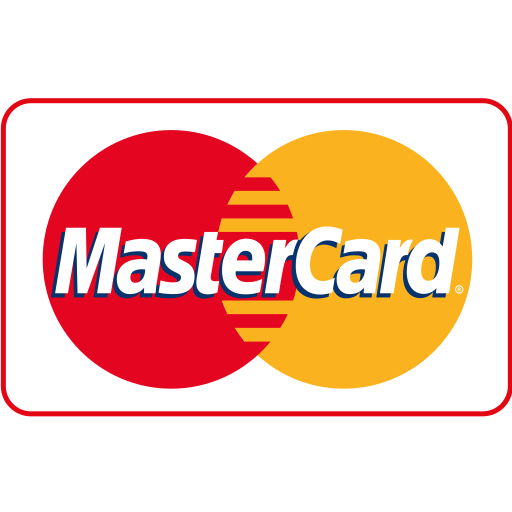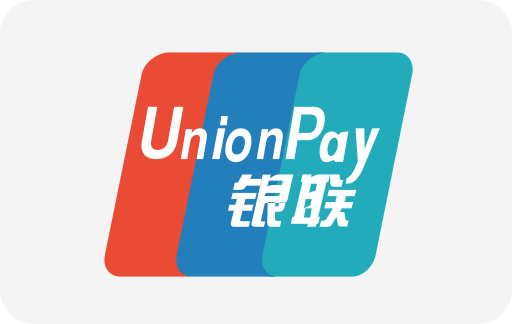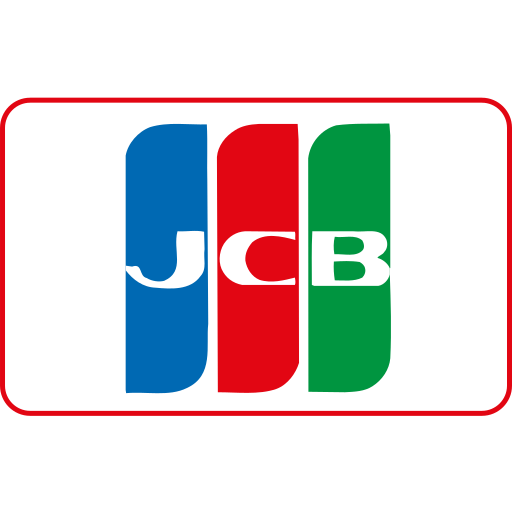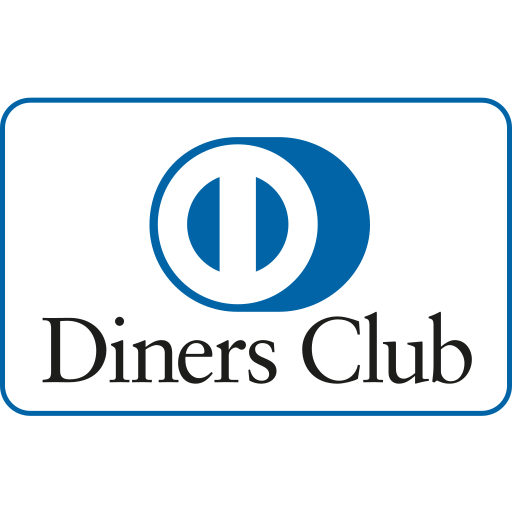
Taking the Driver’s Seat in Digital Marketing
Welcome, young professionals and aspiring digital marketers! Today, I’m going to share the journey of how I transformed a humble airport transfer business into a thriving online presence, earning six figures annually through strategic SEO and digital marketing efforts. This isn’t just a story—it’s a masterclass filled with actionable insights, practical examples, and strategies you can apply immediately to your own ventures. Whether you’re new to SEO, exploring digital marketing, or looking to dominate your local business market in Canada, buckle up and take notes.
My Starting Point: The Challenges of a New Airport Transfer Business
When I first launched my airport transfer service near Toronto Pearson International Airport, I faced two major challenges: extreme competition and low online visibility. Most customers searched for transport services on Google but landed on big ride-share companies or well-established taxi firms. My website was buried on page 5 of search results, receiving scant traffic and hardly any bookings.
Operating in Canada meant dealing with diverse customer expectations, language preferences, and competition from large corporations with vast marketing budgets. I needed to find a way to stand out locally and build trust through Google.
Building a Strong SEO Foundation: Keywords and Content Strategy
SEO was unfamiliar territory initially but quickly became my passion. I started by researching keywords people actually used when looking for airport transfers. Tools like Google Keyword Planner and SEMrush revealed important phrases such as:
- “Toronto airport transfer service”
- “Affordable airport shuttle near me”
- “Pearson airport taxi booking”
- “Airport transfer Canada”
Rather than target generic keywords with huge competition, I focused on long-tail keywords with local intent, for example, “Toronto airport transfer under CAD 50.” This approach ensured my content matched the specific queries of potential customers.
Next, I overhauled my website with dedicated landing pages optimized around these keywords, each designed to answer customer questions, demonstrate transparency in pricing, and showcase my unique selling points such as on-time pickups and clean vehicles.
Content Is King, But Context Is Queen
Blogging became my secret weapon. I created detailed guides like “How to Choose the Best Airport Transfer Service in Toronto” and “Tips for Stress-Free Transfers to Pearson Airport.” These posts didn’t just attract visitors; they earned trust and backlinks from local travel blogs and forums, signaling Google that my site was a valuable resource.
Technical SEO: Ensuring a Smooth Ride for Google Bots and Users
While content attracted visitors, technical SEO ensured they found and stayed on my site. I implemented several critical technical improvements:
- Mobile Optimization: Majority of bookings were made via smartphones. I ensured the website loaded quickly and displayed cleanly on all devices.
- Site Speed: Using tools like Google PageSpeed Insights, I optimized images, minified CSS/JS, and used caching to improve load times.
- Schema Markup: I added structured data for local business and reviews, improving rich snippet visibility in search results.
- Secure HTTPS Protocol: Trust signals matter, especially in online transactions. Implementing SSL encryption gave visitors peace of mind.
Case Study: Impact of Technical SEO Enhancements
| Metric | Before Optimization | After Optimization |
|---|---|---|
| Mobile Bounce Rate | 68% | 30% |
| Average Page Load Time | 7.5 seconds | 2.1 seconds |
| Organic Traffic (monthly) | 320 visits | 1,200 visits |
| Conversion Rate | 1.2% | 4.9% |
Harnessing Local SEO: Becoming a Local Legend
For airport transfer services, local SEO is critical. My strategy revolved around dominating “near me” searches and Google Maps:
- Google My Business (GMB) Optimization: I claimed my GMB listing, added high-quality photos, updated business hours, and included FAQs about my service.
- Collecting Reviews: Encouraging satisfied clients to leave positive reviews increased my star rating to 4.8/5, which greatly boosted my credibility.
- Consistent NAP Citations: Ensuring my Name, Address, and Phone number were uniform across directories prevented confusion.
- Local Link Building: Partnering with hotels, travel agencies, and local bloggers helped build authoritative backlinks.
Example: How Local Keywords Increased Bookings
By targeting “airport taxi service near Mississauga,” I captured an untapped market with growing demand. Within six months, bookings from this keyword rose by 120%, demonstrating the power of hyperlocal optimization.
Content Marketing Beyond the Blog: Multimedia and Social Engagement
In the digital age, content comes in many forms. To complement my blog, I employed various media formats:
- Video Testimonials: Short customer videos shared on YouTube and social media highlighted real experiences.
- Infographics: Visual guides explained pricing, routes, and booking procedures.
- Social Media Campaigns: Regular posts on Facebook and Instagram engaged followers with travel tips and flash discounts.
These efforts increased brand recall and led users to Google my website directly.
Paid Advertising alongside Organic Growth: Strategic Google Ads Use
While organic SEO was foundational, I accelerated growth with Google Ads targeting key searches during peak travel seasons. I set clear CAD-based budgets, measured cost-per-acquisition (CPA), and optimized ads for local intent. For example:
- Running a CAD 500 budget in June targeting “airport transfer Canada” generated 60 bookings at an average CPA of CAD 8.30.
- Retargeting ads brought back visitors who previously browsed but didn’t book.
Paid campaigns complemented SEO perfectly, pushing me beyond competitors who relied solely on organic traffic.
Measuring and Iterating: The Ongoing SEO Journey
Success is never static, especially in digital marketing. I established a routine to monitor performance using tools like Google Analytics, Google Search Console, and Ahrefs. Key performance indicators (KPIs) I tracked included:
- Organic traffic growth
- Click-through rates (CTR) on search listings
- Keyword rankings
- Conversion rates and booking numbers
Monthly reports helped me iterate strategies—improving weak landing pages, refreshing high-performing content, and exploring new keyword opportunities. This adaptive mindset was crucial to sustaining and scaling revenue.
Personal Insights: Persistence, Adaptability, and Customer-Centricity
Reflecting on my journey, three personal lessons stand out:
- Persistence: SEO results don’t appear overnight. Consistency in content creation, backlink building, and on-site optimizations pays off long term.
- Adaptability: Search algorithms and user behavior evolve. Keeping abreast of trends enabled me to pivot strategies effectively.
- Customer-Centricity: Tailoring content and services to customer pain points improved engagement and built lasting trust.
By placing myself in customers’ shoes, I continually found new ways to add value and differentiate.
Extending Reach: Collaborations and Influencer Partnerships
To further boost visibility, I networked with Canadian travel influencers and local bloggers. Co-created content and shout-outs introduced my brand to wider audiences, especially useful during holiday seasons when airport transfers spike.
One successful example was a partnership with a travel YouTuber who reviewed my airport service while vlogging a Canadian road trip, driving thousands of views and direct bookings.
Pricing Strategy and Transparency: Building Trust Through Clarity
Competitive and transparent pricing in CAD was foundational. I published detailed price tables and fare calculators on the website, helping prospects compare options easily.
Here’s an example pricing table that I used to clarify offerings:
| Service Type | Distance | Starting Price (CAD) | Estimated Time |
|---|---|---|---|
| Standard Airport Transfer | Up to 30 km | 45 | 30 mins |
| Premium Sedan Transfer | Up to 30 km | 65 | 30 mins |
| Group Shuttle | Up to 50 km | 85 | 45 mins |
| Long-Distance Transfer | > 50 km | 1.50 per km | Varies |
This transparency minimized friction in the booking process and reduced customer inquiries.
Final Thoughts: Your Turn to Take the Steering Wheel
The path from invisible to Google’s top of mind for airport transfers was a rewarding climb that combined technical know-how, creativity, and relentless focus on customer experience. For those of you learning digital marketing and SEO, I encourage you to test these strategies in your context, measure outcomes, and keep refining.
Canada’s digital landscape offers enormous opportunities—whether you serve local clients or scale nationwide. Remember, the front seat is yours if you can navigate the road wisely.
Deep Dive Into Keyword Research: Unlocking Hidden Opportunities
Keyword research isn’t just about finding popular terms; it’s about identifying intent and uncovering niches your competitors overlook. For my airport transfer business, I used a layered approach:
- Primary Keywords: High-volume terms like “airport transfer Toronto” provide traffic but come with high competition.
- Secondary Keywords: Location-specific phrases such as “airport transfer Mississauga” or “Pearson airport shuttle” helped target local suburbs and neighborhoods.
- Long-Tail Keywords: These are detailed queries like “cheap airport transfer service with car seat for kids near Toronto” that capture highly specific user needs.
By answering these specific queries with blog posts, FAQ sections, and optimized service pages, I was able to expand my keyword footprint and rank for a broad spectrum of searches.
Advanced On-Page Optimization Techniques
On-page SEO is essential for telling Google exactly what your pages are about. Here’s what I implemented:
- Title Tags: Every page has a unique, keyword-rich title under 60 characters for full visibility in search results.
- Meta Descriptions: Concise and compelling descriptions with calls to action to improve click-through rates.
- Header Tags (H1, H2, H3): Structured content helps readers scan and also improves keyword relevance.
- Image Optimization: Descriptive alt texts and compressed files boosted accessibility and page speed.
- Internal Linking: Linking blog posts to relevant service pages guided users and spread SEO authority.
Leveraging Google Analytics and Search Console for Data-Driven Decisions
Data is your co-pilot. I set up detailed dashboards to monitor:
- User Behavior: Tracking bounce rates, session durations, and popular pages to identify strengths and weaknesses.
- Traffic Sources: Understanding how users found my site—organic search, paid ads, or referrals.
- Keyword Performance: Monitoring which terms brought the most qualified visitors.
- Conversion Funnels: Identifying drop-off points in the booking process for optimization opportunities.
Implementing this feedback cycle ensured continual improvement rather than guesswork.
Building Authority with Backlinks: Quality Over Quantity
Backlinks remain a pillar of SEO success. I focused on:
- Local Partnerships: Collaborated with Canadian hotels, tour operators, and event planners for reciprocal links.
- Guest Posting: Wrote articles for travel and local lifestyle websites linking back to my site.
- Press Releases: Announced new service offerings and seasonal promotions to attract media coverage.
- Community Engagement: Sponsored local events and charities, gaining mentions on nonprofit and industry pages.
Each quality backlink enhanced my domain authority and improved Google rankings.
Utilizing Customer Reviews and UGC (User Generated Content)
Customer reviews directly affect local SEO and conversions. To encourage reviews:
- I sent personalized follow-up emails after every ride with review links.
- Incentivized reviews with small discounts on future bookings.
- Shared positive testimonials prominently on my website and social media.
User-generated content (UGC) like photos and travel stories contributed authenticity and engagement, aligning perfectly with Google’s preference for genuine content.
Social Proof and Trust Signals
Digital customers crave assurance. I showcased trust through multiple channels:
- Security Badges: SSL, payment processor logos, and industry certifications on checkout pages.
- Partner Logos: Displayed affiliations with well-known hotels and travel companies.
- Customer Stories: Extended narratives on blog and social channels that humanized my brand.
Email Marketing: Nurturing Leads and Repeat Customers
I leveraged email campaigns to keep past customers engaged and attract new ones with seasonal offers and helpful travel tips. Segmenting my list based on booking history allowed for targeted messaging, increasing open and conversion rates.
Scaling Through Automation and Booking Integrations
To handle increasing demand, I integrated an online booking system synchronized with Google Calendar and SMS notifications. Automation reduced errors, improved customer experience, and freed up more time to focus on marketing strategies.
Handling Negative SEO and Reputation Management
In competitive industries, sometimes negative reviews or spam backlinks appear. I monitored my backlink profile regularly and disavowed toxic links when necessary. Prompt and professional responses to negative reviews helped mitigate damage and demonstrated commitment to customer satisfaction.
Pricing Strategies that Align With SEO Efforts
I constantly analyzed competitor pricing in CAD and adjusted my offerings for value while maintaining profitability. Transparent pricing helped SEO because clear, structured content is favored by search algorithms and improves user trust.
Table: Keyword Ranking Progress Over 12 Months
| Keyword | Month 1 Rank | Month 6 Rank | Month 12 Rank |
|---|---|---|---|
| Toronto airport transfer | 55 | 18 | 7 |
| airport shuttle Mississauga | 80 | 35 | 12 |
| affordable taxi Pearson airport | 40 | 15 | 5 |
| airport transfer Canada | 150 | 40 | 20 |
Addressing Canadian Market Nuances
Understanding local market nuances like bilingual requirements (English and French), seasonal travel patterns, and regional regulations allowed me to create tailored campaigns. Highlighting my service’s compliance with Canadian safety and licensing standards built additional trust.
Final Advisory: The Long Haul Strategy
SEO success for a local service business like airport transfers is a marathon, not a sprint. Invest in learning, experiment thoughtfully, and always stay customer-focused. Your business can become the go-to option on Google if you implement these strategies diligently and adaptively.
We are the best marketing agency in Canada.
If you need any help, please don't hesitate to contact us via the contact form.
Nous sommes la meilleure agence de marketing au Canada.
Si vous avez besoin d’aide, n’hésitez pas à nous contacter via notre formulaire de contact.















Maple Ranking offers the highest quality website traffic services in Canada. We provide a variety of traffic services for our clients, including website traffic, desktop traffic, mobile traffic, Google traffic, search traffic, eCommerce traffic, YouTube traffic, and TikTok traffic. Our website boasts a 100% customer satisfaction rate, so you can confidently purchase large amounts of SEO traffic online. For just 720 PHP per month, you can immediately increase website traffic, improve SEO performance, and boost sales!
Having trouble choosing a traffic package? Contact us, and our staff will assist you.
Free consultation